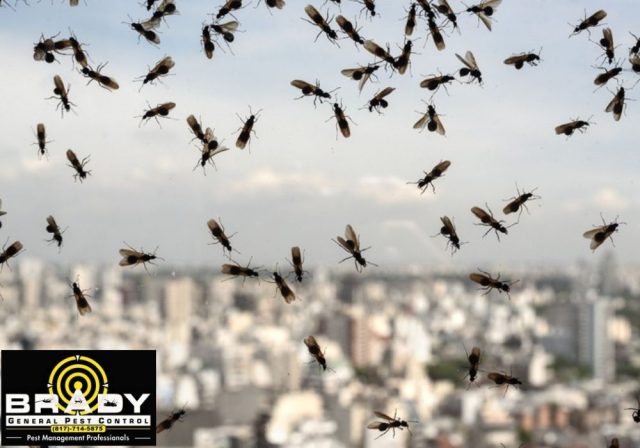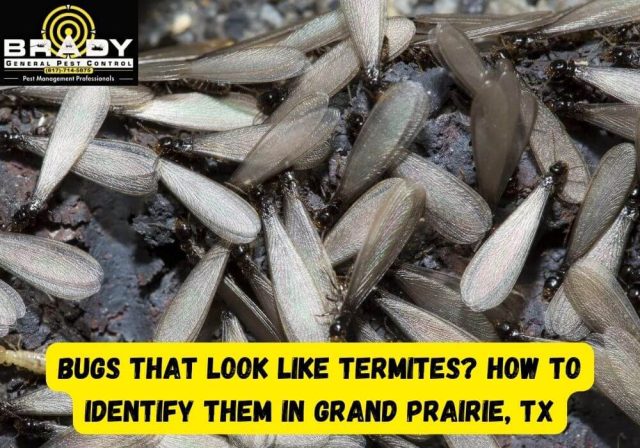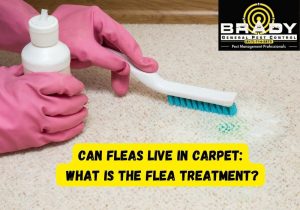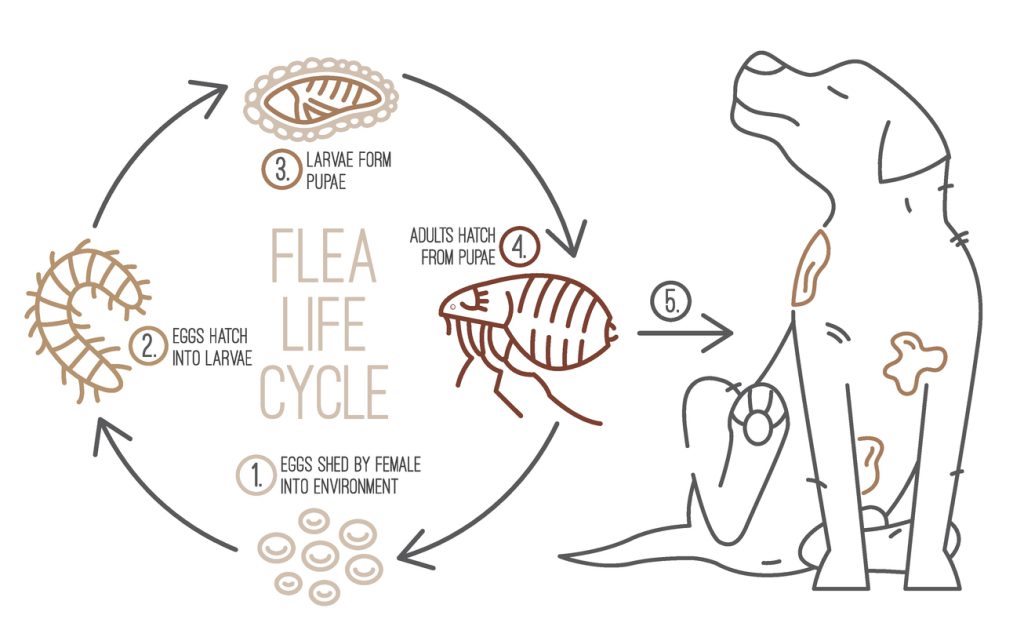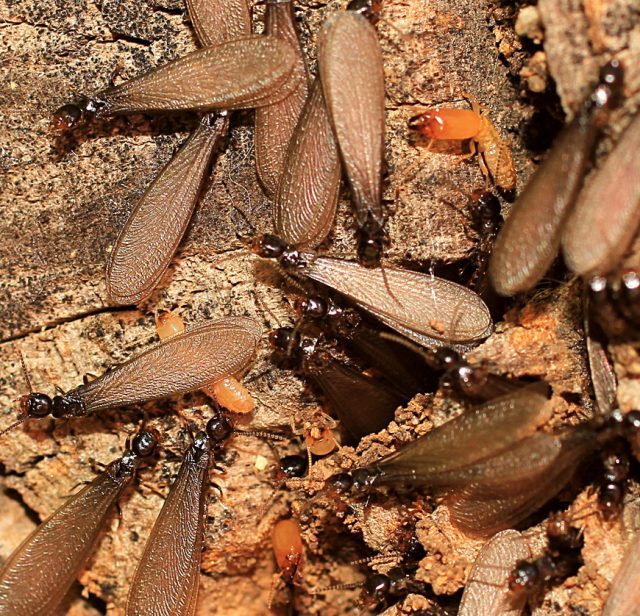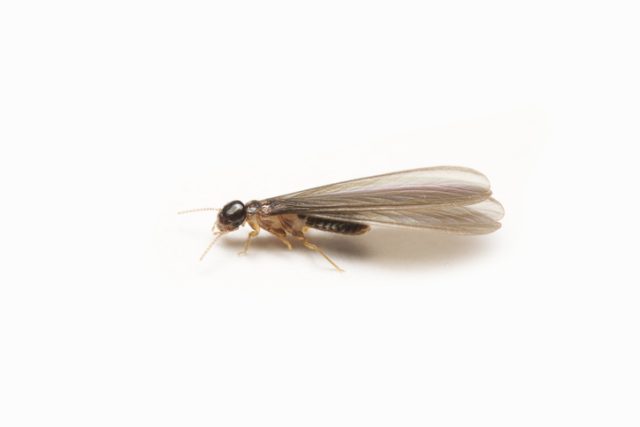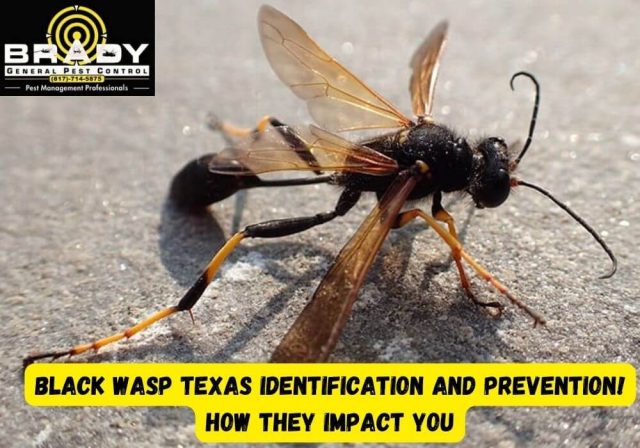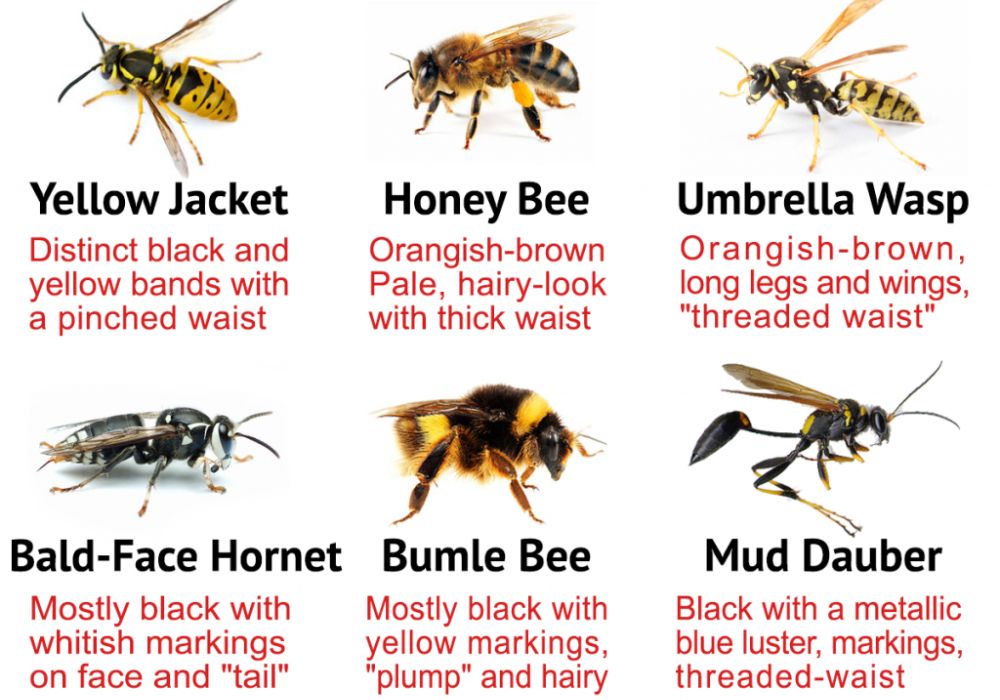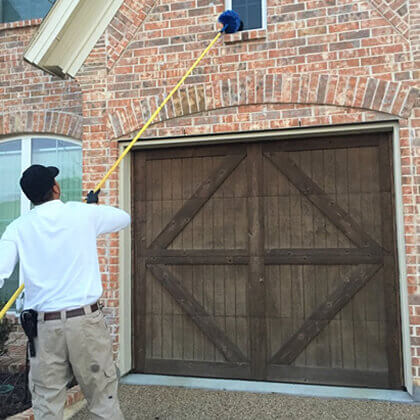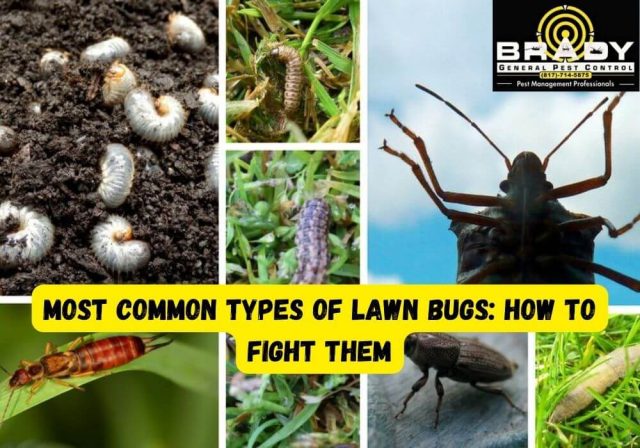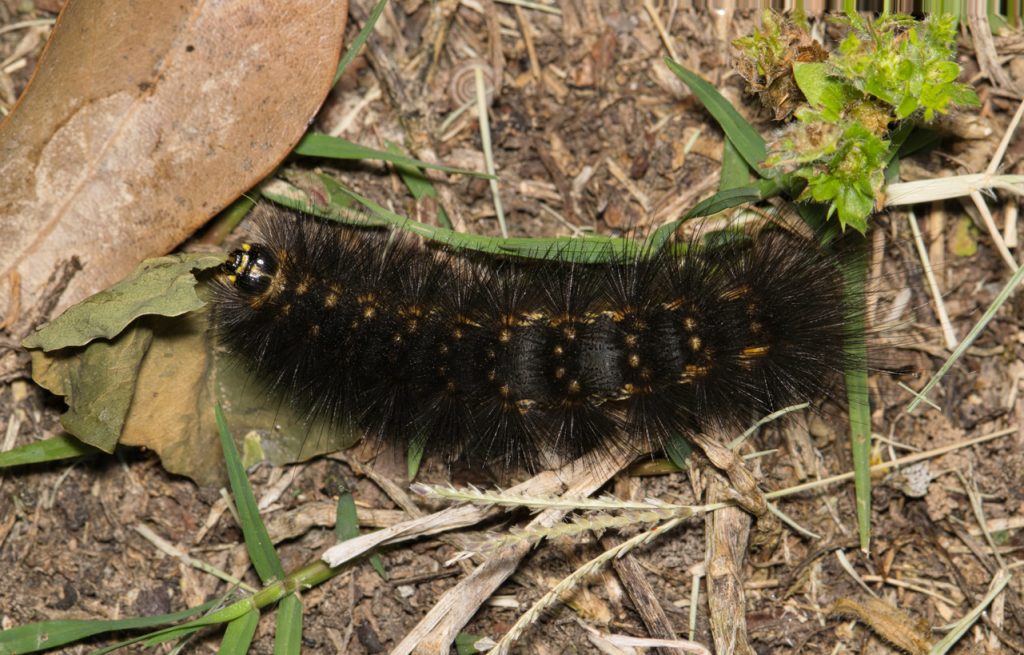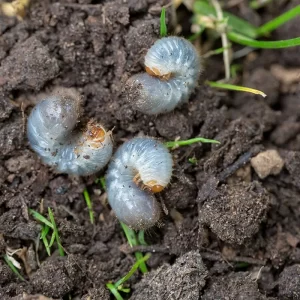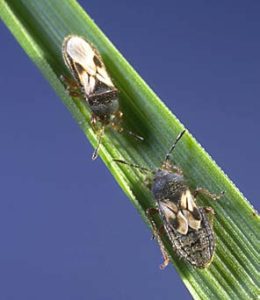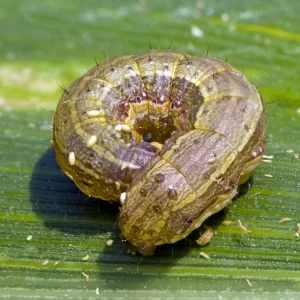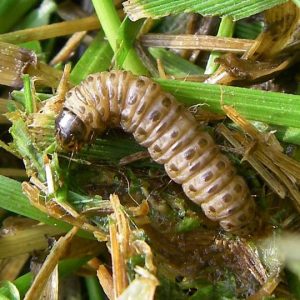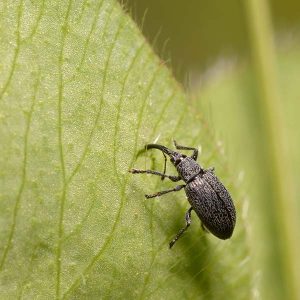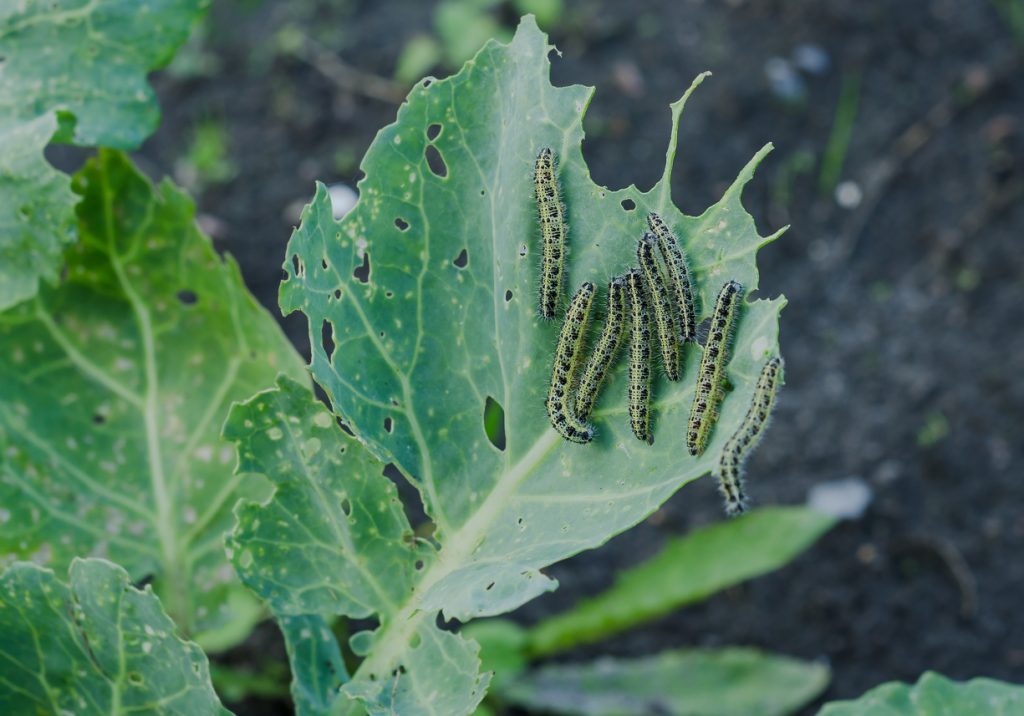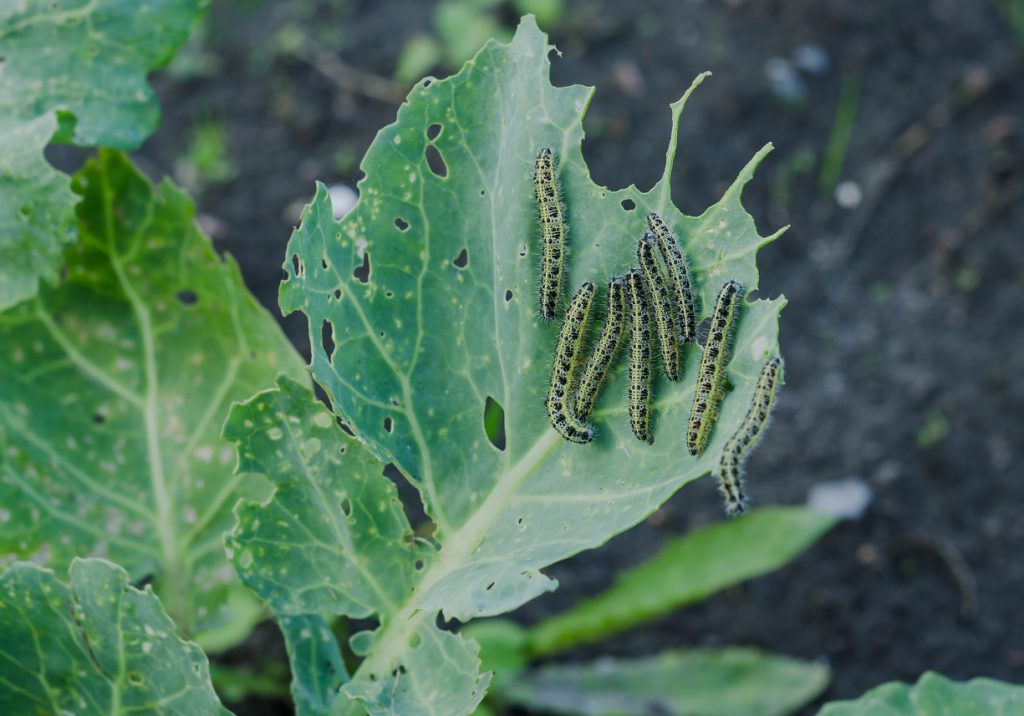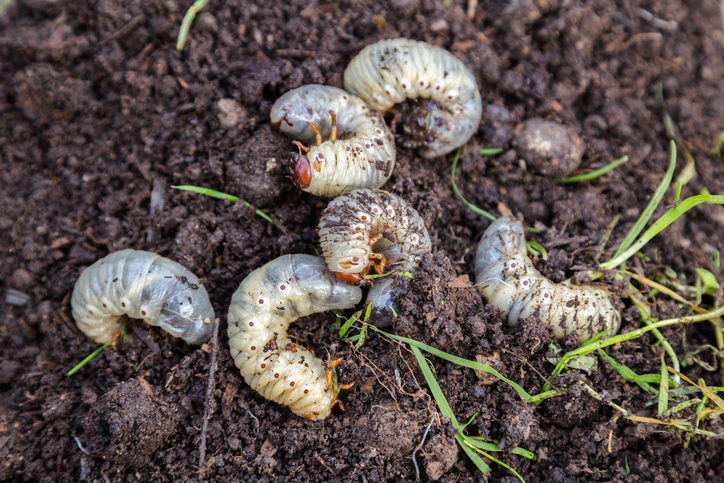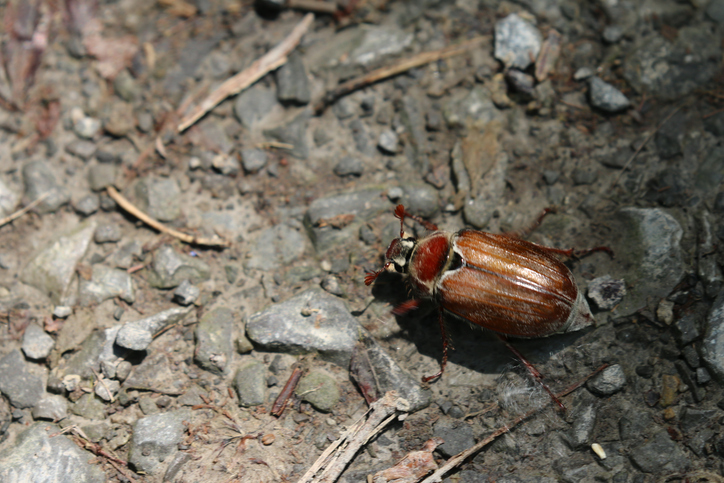If you are concerned with insects similar to termites in Grand Prairie, TX, it is useful to understand the differences. Pests are unwanted creatures that can destroy the whole outlook of your house. Brady Pest Control in Grand Prairie, TX. will assist you to control and eradicate these pests.
Common Insects that look like Termites?
Here are the most common types of Insects that look like termites:
1. Carpenter Ants
2. Powderpost Beetles
3. Flying Ants
- Carpenter Ants
- Appearance: Bigger than termites, black or dark brown, slender and abdominal, and curved antennae.
- Wings: Reproductive ants have two pairs of wings. The anterior wings are larger than the others.
- Behavior: They are known to breed in woodwork but do not feed on it, leaving behind dusty substances that resemble sawdust or frass.
- Signs: Frass found in locations close to wooden structures.
- Powderpost Beetles
- Appearance: Cylindrical, small, reddish brown to black, and size ranging from 1/8 to 3/4 inches.
- Wings: Hard wing covers with differentiated slots.
- Behavior: Sawdust-like material exiting holes with a fine, powdery texture.
- Signs: Tiny holes on the surface of the wooden material and a pack of sawdust.
- Flying Ants
- Appearance: It has a constricted waist and elbowed antennae like the carpenter ants.
- Wings: Two pairs of wings and the first pair is larger than the second.
- Behavior: Swarm mostly in spring and summer with relatively low impact on wood.
- Signs: Winged ants around windows or near sources of light.
Get inspection for your home/office by Brady Pest Control now!
Identifying Termites
- Appearance: Straight antennae, broad waist, and lighter-colored workers. Reproductive termites are winged and dark brown to black.
- Wings: Swarmers have equal size and shape of two pairs of wings.
- Behavior: Termites feed on soft and hard timber products, which results in weakened structures.
- Signs: Formation on the walls, hollow wooden knocks, discarded wings, and frass.
Get peace of mind. Contact Brady Pest Control today or fill out our form!
Tips for Identification
- Examine Antennae:
The antennae in termites are straight. The antennae in ants are bent.
- Check Waist:
Termites have a regular body width with no clear division at the midline, while ants have a slim waist.
- Look at Wings:
The wings of a termite are of the same size. The wings of an ant are not of equal length.
- Inspect Wood:
Find wood damage or mud tubes for termites.
Get Professional Help!
If you think you have some insects resembling termites in your homes, Brady Pest Control in Grand Prairie, TX, can help. To ensure your home is safe, we offer comprehensive assessments and quality treatments.
Final Words!
There are indeed many insects that resemble termites. If you discover these in Grand Prairie, TX then you need the services of Brady Pest Control. They offer professional identification and management professional services for the safety of your home. You can contact us at 817-714-5875 for assistance or fill out the form.


